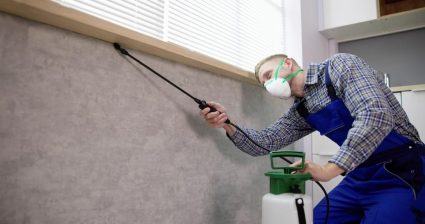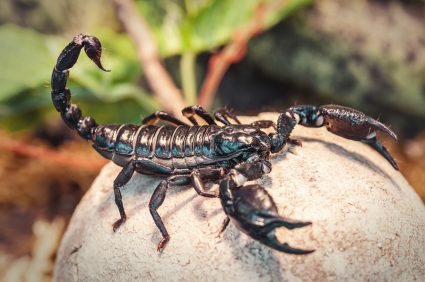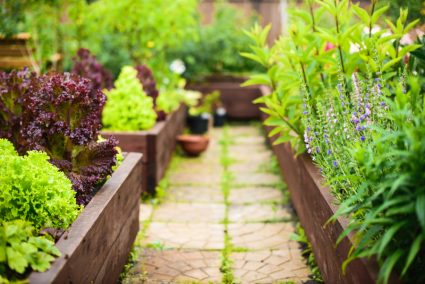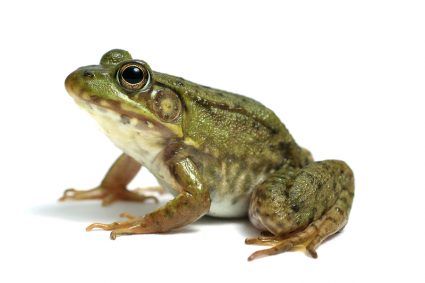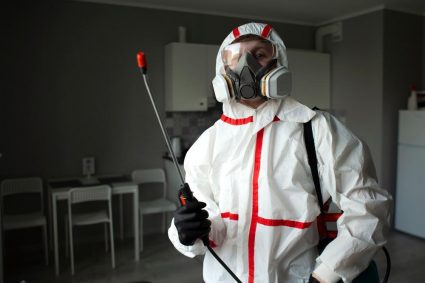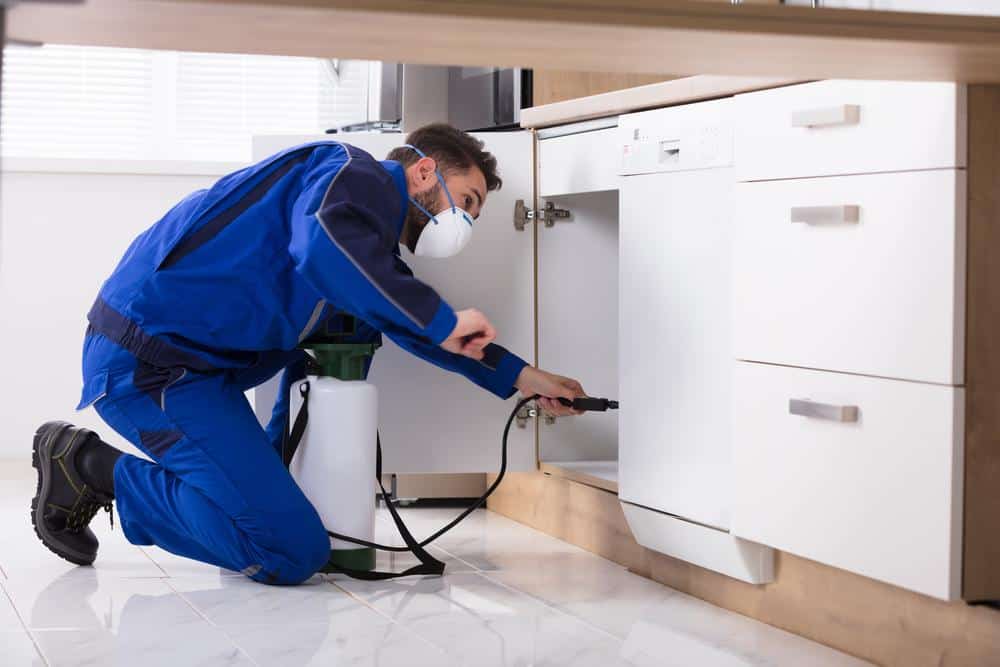
Bleach is a common household cleaner that many people reach for when they spot mold growing in their homes. But does bleach kill mold? The answer is both yes and no.
Bleach can kill mold on non-porous surfaces such as glass, tiles, or bathtubs where mold cannot penetrate deep into the material. However, it is not effective at killing mold on porous surfaces like wood or drywall, as the mold can grow beneath the surface where bleach cannot reach. Furthermore, bleach does not kill mold spores in the air and can contribute to mold growth by providing additional moisture. Therefore, while bleach can kill some types of mold, it is not the most effective or recommended method for mold removal.
What is Mold?
Mold is a type of fungus that thrives in damp and humid conditions. It reproduces by releasing spores into the air, which can trigger allergic reactions and other health problems in some individuals.
Does Bleach Kill Mold?
Bleach can help eliminate mold on hard, non-porous surfaces like sinks, bathtubs, tiles, or glass, as the roots of the mold do not penetrate through these surfaces and can be easily wiped off. However, bleach is not effective at killing mold on porous surfaces, such as wood or drywall, because it cannot reach the mold growing beneath the surface.
Bleach and Mold: The Chemical Interaction
Bleach, chemically known as sodium hypochlorite, has a high pH level that alters the protein structure of the mold, killing it on contact on non-porous surfaces. However, bleach’s surface-level action is insufficient on porous surfaces where mold can penetrate deep into the material.
Comparing Bleach with Other Mold Removal Products
Although bleach can kill surface mold, it’s not the most effective mold removal product. It does not kill mold spores in the air and can even contribute to mold growth on porous surfaces by providing additional moisture.
Alternative cleaning solutions, like undiluted white vinegar, hydrogen peroxide, or a mix of ammonia and water, can be more effective at killing mold on both porous and non-porous surfaces. However, you should never mix ammonia with bleach or other cleaning solutions, as this can produce toxic fumes.
How to Use Bleach for Mold Removal
If you decide to use bleach for mold removal on non-porous surfaces, it’s important to do so safely and effectively. Here’s a step-by-step guide:
- Wear protective gear, including rubber gloves, goggles, and an N-95 mask.
- Ventilate the area by opening windows and doors.
- Prepare a bleach solution by mixing one cup of bleach with one gallon of water.
- Apply the solution to the moldy surface using a spray bottle or sponge.
- Allow the bleach solution to sit on the mold for at least 15 to 30 minutes.
- Rinse the treated area with clean water and dry it thoroughly.
Risks and Damages Associated with Using Bleach for Mold Removal
Using bleach for mold removal comes with several risks and potential damages. Prolonged exposure to bleach can cause irritation to the eyes, mouth, lungs, and skin. In addition, bleach can damage the surface it’s applied to, and it may contribute to further mold growth on porous surfaces by increasing the amount of moisture available.
Alternatives to Bleach for Mold Removal
If you’re dealing with mold on porous surfaces or if you’re looking for a safer, more environmentally friendly solution, consider these alternatives:
- Hydrogen peroxide: Mix equal parts hydrogen peroxide and water in a spray bottle, apply it to the mold, let it sit, and then remove it.
- Vinegar: Mix equal parts white vinegar and water in a spray bottle, apply it to the mold, let it sit for an hour, and then scrub and rinse.
- Borax: Mix one cup of borax with one gallon of water, apply the solution to the mold, scrub the area, and then rinse.
- Lemons: Juice three to five lemons, pour the juice over the moldy area, let it sit for five minutes, and then wipe the surface with a damp towel.
In conclusion, while bleach can kill mold on non-porous surfaces, it’s not the most effective or recommended method for mold removal. Always consider the type of surface and the extent of the mold growth before deciding on the best mold removal method for your situation.
Frequently Asked Questions
Can I use bleach to kill mold on my clothes?
Yes, bleach can be effective at removing mold from clothes. However, it’s important to note that bleach can damage or discolor certain types of fabric. Always test a small, hidden area first, and follow the instructions on the bleach bottle.
Why does bleach not kill mold spores in the air?
Bleach is a surface-level cleaner, meaning it does not have the capability to kill airborne spores. It primarily works by altering the protein structure of the mold, killing it on contact on non-porous surfaces. However, this process requires direct contact, which is not possible with airborne spores.
Can I mix bleach with vinegar for a stronger mold removal solution?
No, you should never mix bleach with vinegar or any other cleaning solutions. This can cause a chemical reaction that releases toxic fumes, which can be harmful to your health.
Is it safe to use bleach for mold removal in a room with no windows or ventilation?
No, it’s not safe. When using bleach, it’s important to ensure the area is well-ventilated to prevent the buildup of harmful fumes. If the room has no windows or ventilation, consider using a safer alternative like vinegar or hydrogen peroxide.
How often should I use bleach for mold removal?
Bleach should only be used as a last resort for mold removal and only on non-porous surfaces. Even then, it’s important to use it sparingly and only when necessary. Overuse of bleach can lead to health problems and can damage the surfaces it’s applied to.


